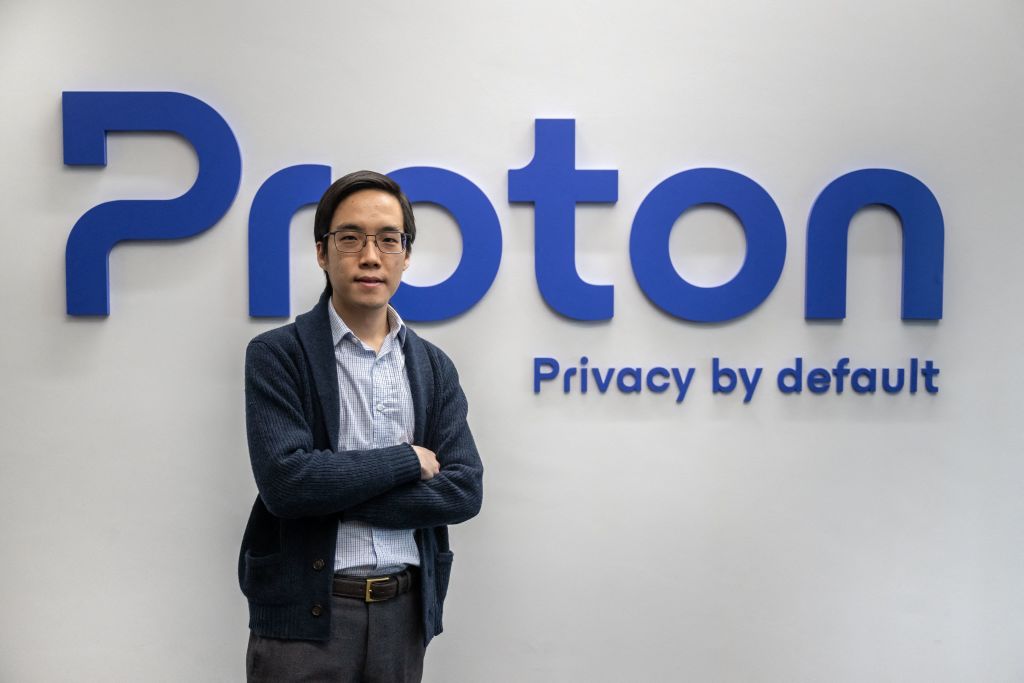Your leadership playbook needs an AI update

As organizations embed artificial intelligence into business operations, the demands on leaders are changing. Today’s teams aren’t made up of people alone—they’re increasingly hybrid, with humans and AI working side by side. This shift has profound implications on how decisions are made, how roles are defined, and how trust is built.
Simply put, as the world changes, leaders need to change, too—and fast. To succeed, leaders must adapt their approach—rethinking how they structure teams, develop talent, communicate change, and build cultures of continuous learning. Those who do will unlock new levels of agility and innovation. And those who don’t will pay a steep price.
Unsure where to start? Here are five essential leadership shifts to make now in order to lead effectively in an era when yesterday’s playbook no longer applies.
1. STRUCTURE FOR SHARED INTELLIGENCE, NOT JUST SHARED TASKS
Leadership today isn’t about control—it’s about enabling collaboration between people and intelligent systems. As AI agents become more capable and autonomous, leaders must influence human behavior and how AI operates within the team.
That means defining when AI leads and when people intervene, ensuring AI decisions are understandable, and creating clear escalation paths. The goal isn’t to micromanage AI—it’s to design environments where humans and machines both contribute.
By investing in the core operating processes and relational dynamics of team performance, you’ll turn your AI players into an all-star team.
Ask yourself: How can I lead effectively when I’m not the only—or even the smartest—“agent” in the room?
2. RECALIBRATE HOW YOU LEAD WHEN AI JOINS THE TEAM
If you want people to engage with AI, you need to treat it as an active tool, not a passive teammate. Start by understanding where agents can add value. Assign AI agents clear roles and embed them into workflows where their strengths—speed, scale, and pattern recognition—amplify human capability.
The real challenge isn’t humanizing technology—it’s humanizing the experience of those working alongside it. That requires that people feel trusted and included—not sidelined or replaced. It means involving them in shaping AI deployment, providing hands-on, practical training, and recognizing their uniquely human strengths—like empathy and creativity—as vital to success.
AI raises the bar for human critical thinking, decision-making, and accountability—and that’s where true value emerges. Done right, AI becomes a catalyst for confidence, collaboration, and culture.
Ask yourself: Am I fully leveraging the complementary strengths of humans and machines—while keeping the human experience at the center of it all?
3. BUILD YOUR LEADERSHIP MUSCLE
The roles and responsibilities of leaders that made their organization successful in the past are different than what’s required going forward. Leaders must demonstrate the courage to author an ambition that is less about protecting the past and more about creating the new.
With generative AI expected to impact over 40% of working hours, leaders must unleash the confidence of their employees while enabling their accountability, connection, and judgment. Develop employees with self-awareness and relevant experiences to grow into the future leaders you need.
Ask yourself: Am I embracing the nature of change as a moment to accelerate my ambition, foster greater connection, and ensure that my people fluency matches my tech fluency?
4. LEAD WITH LISTENING, NOT ASSUMPTIONS
AI adoption isn’t being held back by fear—but rather by misaligned perceptions between leaders and employees.
Accenture research shows that 94% of employees believe they can learn the skills needed to work with AI, yet only 5% of organizations are reskilling their workforce at scale. At the same time, C-suite executives say lack of skills is a large barrier to scaling AI. This isn’t just a resourcing gap—it’s a disconnect in how each group perceives the problem.
To close the gap, leaders must start with active listening. Explain why AI matters. Offer training that’s practical and ongoing. And create space for experimentation, feedback, and learning—especially when it doesn’t go perfectly the first time.
Ask yourself: Are you investing the time truly required to shape AI strategy through listening and conversation with the people expected to drive it?
5. BECOME AN ARCHITECT OF CONTINUOUS CHANGE
AI is accelerating. Your culture needs to evolve just as quickly. Yet, Accenture research shows only 25% of leaders believe their teams are prepared to embrace change. Just 42% of employees feel confident in their ability to keep up.
This is not a workforce gap—it’s a leadership opportunity. Start with a narrative that excites others about the possibilities while acknowledging the uncertainties. Embed co-learning into daily work. Encourage safe experimentation. And model the behavior you want to see: When leaders are curious, open to feedback, and transparent about their own journeys, others follow.
Ask yourself: Am I creating the right conditions for, and to work with, emergent and iterative transformation?
LEAD THE FUTURE BEFORE IT LEADS YOU
Leadership in the age of AI isn’t about having all the answers. It’s about showing up differently—listening harder, adapting faster, and being brave enough to rewire the workplace. The tools are changing. The core principles are not.
Empathy. Trust. Vision. These are still the anchors of great leadership. What’s different now is where—and with whom—you practice them.
The future of impactful leadership isn’t human or AI. It’s human and AI—working better together.
What's Your Reaction?
 Like
0
Like
0
 Dislike
0
Dislike
0
 Love
0
Love
0
 Funny
0
Funny
0
 Angry
0
Angry
0
 Sad
0
Sad
0
 Wow
0
Wow
0































































































